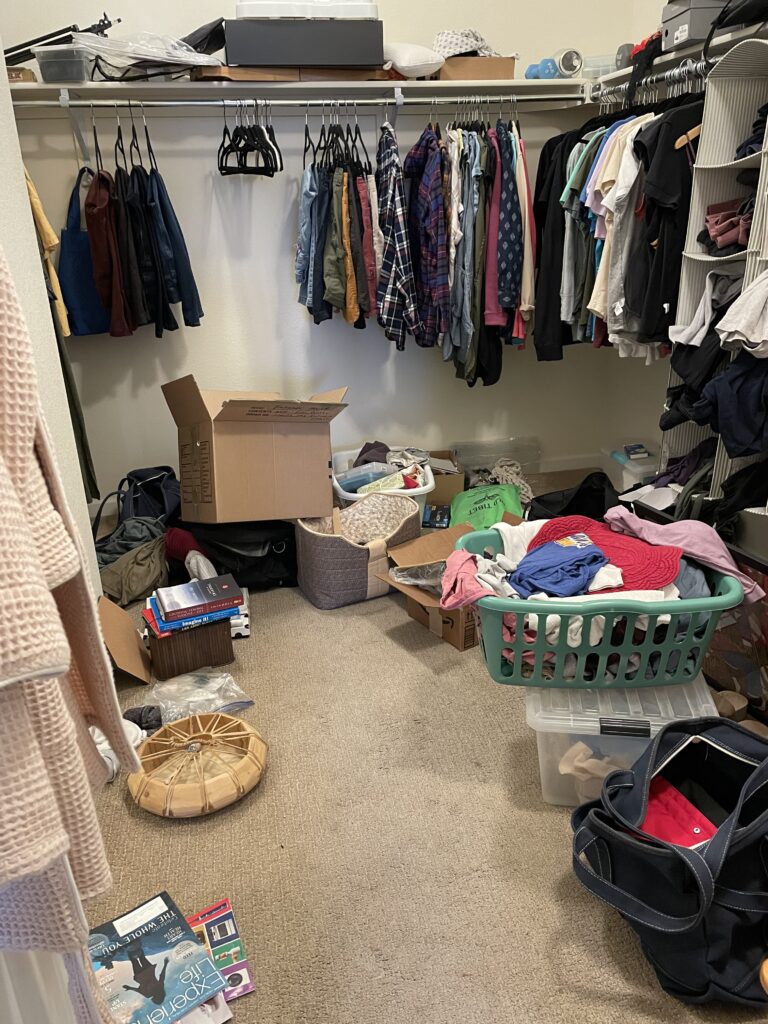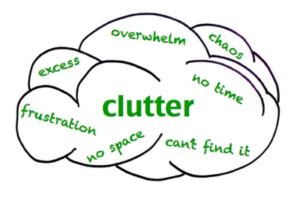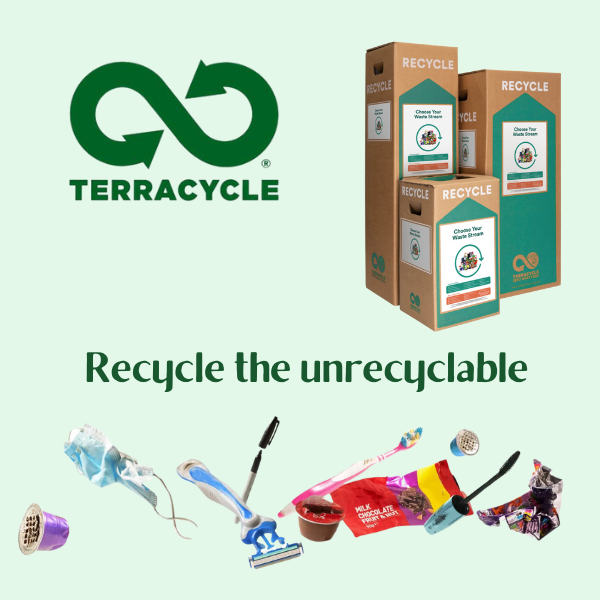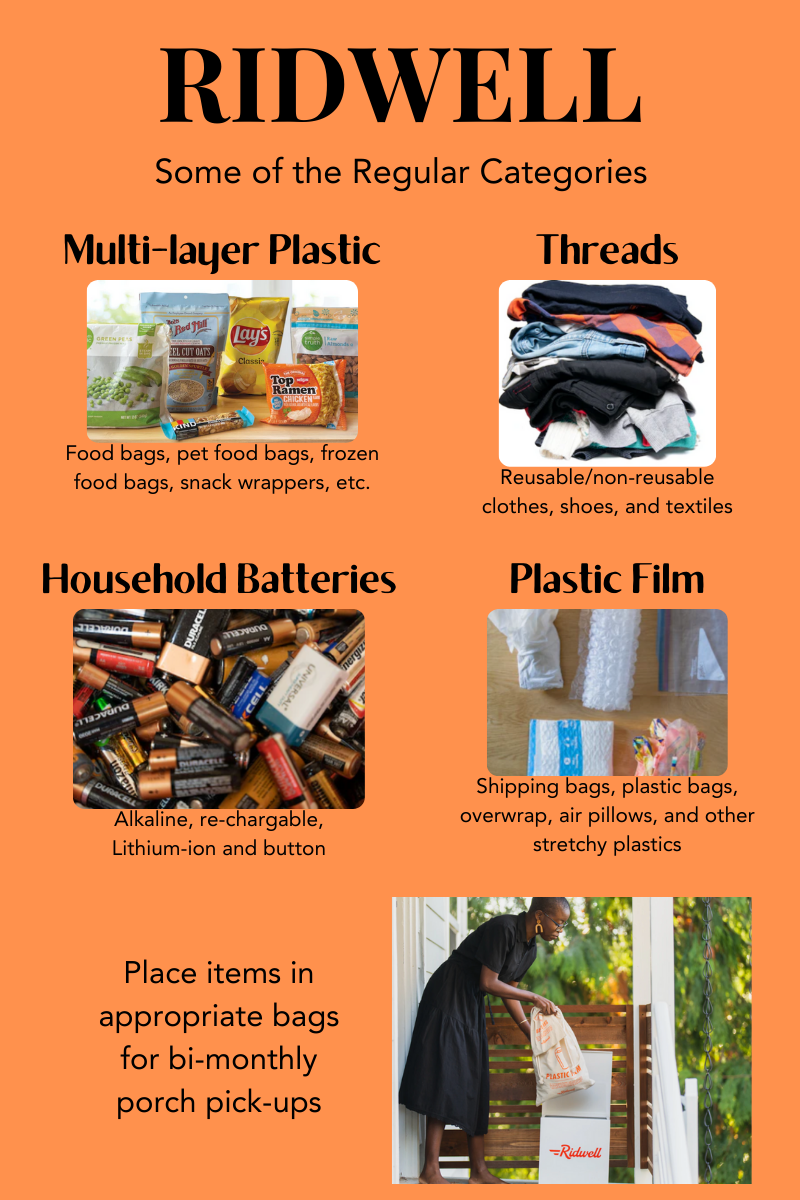Cleaning Spaces for a Clean New Year
When we celebrate the New Year on January 1st, we often make resolutions about habits we want to improve. Many of us believe that January 1st is a new beginning, just as the start of a school year is a new beginning.
Another perspective is offered by the many people who observe the Lunar New Year. They will often spend 1-2 weeks BEFORE the new year preparing for a “fresh start.” Homes are deep cleaned, debts are paid off, and new outfits are purchased. The belief is that taking care of these things will clear a path for a “clean” rest of the year.
I’m writing this blog to help us prepare for 2024 by cleaning out clutter in earth-friendly ways in order to make space for new energy and new possibilities.

I’m not proud of this closet space, but life happens and things pile up, literally. When this happens for me, my mind also feels unorganized. I am wasting energy thinking about the mess and that I need to do something about it at the same time I keep adding to it. Can anyone relate?

Long ago, getting rid of things for me meant sending them to a thrift store or dumping items in the trash (landfill) or recycling bin without much thought about the consequences. In the past 15 years, my first line of attack has been to re-home items with family, friends, Buy Nothing Facebook groups, Craigslist Free, and when feasible by selling through Facebook Marketplace and Craigslist.
Since starting Earth Matters Now, I am aware that clearing spaces in environmentally friendly ways involves more research. I will summarize the steps here and also provide links for more information. Once you have identified the companies that work best for you, I recommend having a box or a bin in your garage or mud room to collect items. Then when it fills up you can discard appropriately. Teaming up with neighbors for collections also helps keep the momentum going.
When it feels overwhelming
When beginning with a space, I recommend taking several deep breaths and remember that you are clearing space to allow for new possibilities-not necessarily physical items, but fresh ideas and new energy.
These three steps work for me.
Step 1: Removing Items from Home/Office/Car/Closet
Removing items can feel daunting, but setting a timer for short blocks of time (15 minutes) might help. Small chunks are better than no chunks.
There are many books, TV shows, videos of methods for removing items. When I was preparing to move to Colorado, I read Marie Kondo’s “The Life-Changing Magic of Tidying Up.” When I read her words about focusing on what we want to keep instead of what we want to get rid of, it helped me get the job done. Her seemingly simplistic approach of holding an item in your hand and asking, “Does this spark joy? If it does, keep it. If not, dispose of it,” helped me whittle my keep pile to a manageable size. When an item didn’t bring me joy, I went through her process of thanking it for the joy it brought me and hoped that the next recipient would find joy with it. Sounds silly, but it worked for me.
Another book I have been hearing about but haven’t read yet is “The Gentle Art of Swedish Death Cleaning: How to Free Yourself and Your Family from a Lifetime of Clutter” by Margareta Magnusson. Swedish Death Cleaning as been described as a method of organizing and decluttering your home before you die to lessen the burden on your loved ones after you’ve passed. The basic checklist includes: sorting through clothing, decluttering items that occupy the most space, and cleaning out your digital files.
Step 2: Sort into "Boxes"
I find it helpful to have my boxes set up and labeled before I start the proces.
Box 1: Keep
Box 2: Sell
Box 3: Give away for use
Box 4: Give away or recycle in environmentally friendly ways
Step 3: How to Sell, Give Away and Recycle In Environmentally Friendly Ways
Sell: Craigslist, Facebook MarketPlace, Consignment, PoshMark, eBay, etc. The key to selling items online is taking clear photos in good lighting. If there are any flaws, show them in the photo and mention in the description. I have successfully sold a car, several bicycles, furniture, and other household items for years by being upfront about the items and including lots of clear photos.
Give away for use: Family, Friends, Craigslist Free, Facebook Marketplace, Buy Nothing Groups, Freecycle, ReStore (Habitat for Humanity).
My family is notorious for having “swap meets” at our gatherings. Items no longer needed are brought and anyone can take them. Several of my friends have said they always leave my home with more items than they arrived with. When something doesn’t bring me joy or is no longer needed, I love to re-home the item with someone I know, if possible. I also use the Buy Nothing Golden Group for giving away items in the community. I am always upfront about what someone it getting. No surprises.
But what about the items that can’t be donated or sold? Cue the angelic music…There are companies and services such as TerraCycle, Eco-Cycle and Ridwell that enable you to dispose of things that cannot be given away or sold – in an environmentally friendly way, of course.
Give Away/Recycle in Environmentally Friendly Ways:
TerraCycle
TerraCycle has positioned itself as a leader of hard-to-recycle items. There is a plethora of categories of household products that you can divert from the landfill using free prepaid mailing labels. Go to terracycle.com and search the brand of product you habitually use, such as toothpaste and razor blades, to see if it will recycle the items.
There are three ways to utilize TerraCycle. First, see if there is a local drop off point for the items you want to recycle. Second, collect items and then download the free mailing label to ship to them. Third, purchase an all-inclusive box with shipping label, fill it and ship it back.
One of those products might be silicone. A friend of mine who recently began using silicone bags to store and freeze food asked if silicone is considered plastic? Actually, it is but silicone can be used safely and endlessly in a variety of ways. What’s most important is to dispose of it in a responsible way when you are finished using it. That’s where TerraCycle comes in.

Ridwell
In my blog about composting, I mentioned that I could get away with putting out my garbage bin every few months (if I didn’t need to worry about the smell). My composting service and Ridwell are the reasons I can make that statement. These two services have been game changers for me in my mission to reduce items going to landfill.
Ridwell is a subscription service that is currently available in the following areas—Atlanta, Austin, Bay Area, Denver, Los Angeles, Minneapolis-St. Paul, Portland, and Seattle. For a monthly fee, Ridwell will pick up items from your porch every two weeks and make sure they get sustainably reused or recycled. When you begin the service, the company provides the bin, six cloth bags and one large orange plastic bag for styrofoam. The cloth bags are for collecting old batteries, light bulbs, plastic bags, multi-layer plastic, old clothing and fabric scraps. Each pickup has a changing featured category; one recent pickup was for small hand tools. Another time was wearable bras. The Ridwell website has a menu item called “transparency” where the public can see which community partners are being utilized in their area. Some of the partners have made new items for sale from the collected materials, such as creating cloth bags and purses from old jeans. One company even made jewelry from old skis. Small hand tools are given to the Denver Tool Library to be lent out. Trex, makers of composite decking materials, turns plastic film and wrap from Ridwell customers into new decking material that can last up to 25 years!
My readers can try Ridwell for free for one month by using this link to sign up.

Eco-Cycle
In my research for this blog I discovered Eco-Cycle in Boulder County, which became the first recycling center to launch in the United States in 1976. It is the nation’s largest non-profit recycler and a leader of the zero-waste movement. Even though this facility is in Colorado, I recommend using their website to learn how to get rid of items. There is a wealth of knowledge there.
Eco-Cycle can recycle almost anything. It also resells products that have been donated. For example, if you’re renovating your kitchen, you can donate your old cabinets for someone else to purchase.
The center accepts scrap metal, small appliances, freon appliances, electronics, televisions, monitors, CDs and VHS tapes, smoke detectors, rigid white foam, books, fire extinguishers, used vegetable oil, glassware, reusable clothing and shoes. Some charges apply to certain categories.
ReStore (Habitat for Humanity)
Habitat for Humanity operates a smaller version of Eco-Cycle type service called ReStore around the United States. These stores accept furniture and building products as donations and reselling them to the public.
A friend who was restoring a century home in the Midwest used to frequent ReStore to pick up high-quality cornice and baseboard molding, French doors, and ceramic tile at bargain prices. At the same time, she donated what she was removing from the house. It became almost like a game for her to see how much she could collect without going to a Big Box store.
Preserving Memories Digitally
Do you have family movies, VHS tapes, and/or photos/slides that you want to preserve? A company called iMemories will accept your shipment of these items and will digitize them for a fee. They will upload them to a cloud account created for you to download to your computer or thumb drive. Or they can send you a dvd with your files. They return your original items to you.
Once I converted our family videos to digital files, I sent our tapes along with some old hard drives of personal data to GreenDisk. According to their website: “GreenDisk offers a convenient, comprehensive set of services to help individuals and organizations reduce the expense and the environmental impact associated with obsolete technology. Each program pays particular attention to the secure, audited disposal of the intellectual property that is uniquely associated with this waste stream. With audited accountability you can be assured that your files are safe. And you can be confident that your materials have been disposed of in an environmentally responsible manner.” When you send the box, check with your post office to see if using media postage is an option, since it may be heavy.
Next Steps
Clearing out your home is not simply a way to make room for more consumer products. It’s more about creating physical, mental and emotional space to say yes to new opportunities that will fill you with joy.
Here are few examples to get you started:
- Do you have lots of bubble wrap or air pillows? Check with your local UPS store. Each is independently owned and operated, but every store I’ve gone into has gladly accepted my offerings. Ridwell also will take them.
- Office supplies that you no longer need? Post on Buy Nothing Group or Craigslist Free.
- Styrofoam? Ridwell and Eco-Cycle use amazing machinery to compress all air out of the material to make very dense logs that are used in insulation and other products.
- A child car seat? These can’t be donated or given away due to safety regulations, but they can be sent to TerraCycle.
- Snack wrappers from crackers, energy bars and other similar foods? Ridwell multi-layer plastics bag takes them all. I empty the crumbs or give a quick rinse to get food particles out.
- Torn clothing? Can it be repaired? Can it be cut into rags for cleaning? If not, put them in the Ridwell threads bag.
- Boxes and packaging from a recent move? Craigslist Free and Buy Nothing Groups love these.
What are some of the items you struggle with disposing?
Share your ways of getting rid of items or selling platforms you’ve used in comments below or on EMN Facebook page. Together we can make a big difference by clearing our personal spaces but also disposing of items so they do not end up in landfill. We can do this!

What a huge amount of effort it must have taken to put this blog together. It has given me a push to get started. Thank you!
You are very welcome!
I love your blogs. The topics are relevant, informative, well-researched. Thank you for doing this.
You are so welcome!
I LOVE this blog about decluttering especially since I always try to do that Jan. 1. The idea of starting this 2 weeks in advance to prep for the new year is a new idea that maybe I’ll try next year…. Thank you for the info and links for the places to dispose or re-home items! That takes away half the pain of the big job of decluttering. I can’t wait for the new space for fresh opportunities and ideas to emerge!
Thank you for your kind words.
Our dog died in October and I have started taking the plastic bags from bread loaves and cereal boxes to the local park that has containers for poop bags since I don’t need them for my dog anymore. Coffee bags are also not recyclable so I use those for cat litter clean up. I may not have enough stuff for a service, but I am looking at how to reuse the bags I do have.
I am so sorry for your loss. I also try to give plastic bags a second use before they are thrown away. I figure that’s reducing new plastic usage by half!
This blog contains information about decluttering and repurposing including many helpful resources to minimize the stress and feelings of frustration that are often present when we embark on these tasks. Thank you for researching and providing great resources and helpful information. Your passion for “healing our Earth” really motivates me not to procrastinate.
Thank you for your kind words. I’m happy to share any information I find in order to make life easier for others.